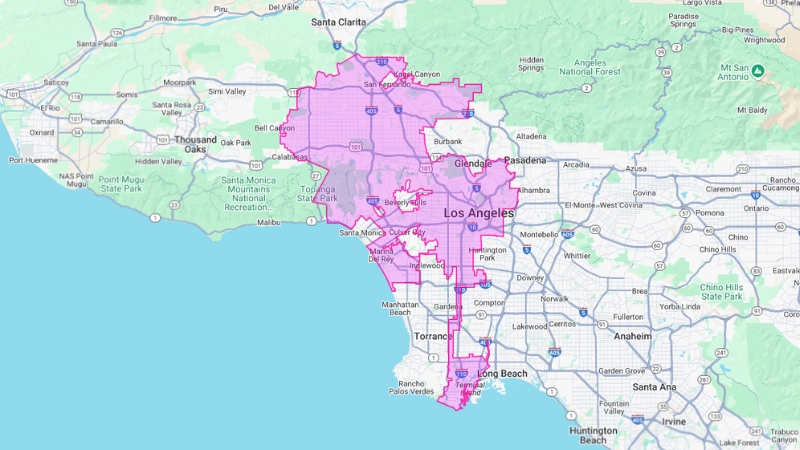Los Angeles, in the state of California, is the largest city in the state and the second most populous in the United States, but, not the capital of California.
It sits between the San Gabriel Mountains to the east and the Pacific Ocean to the west.
The Hollywood Sign, situated on Mount Lee in the Hollywood Hills, is a well-known landmark in Los Angeles. Hollywood itself is a neighborhood within the city.
Los Angeles was established as a settlement in September 1781 with 44 residents.
Originally named “El Pueblo de Nuestra Señora la Reina de los Ángeles del Río de Porciúncula,” the name was quickly shortened to Los Angeles.
By 1876, with the completion of the Southern Pacific Railroad, the city’s population had grown to over 10,000.
Today, approximately 3,795,936 people live in Los Angeles, with around 12,598,000 in the Greater Los Angeles Area (as of 2015).
Hollywood, located in central Los Angeles, is recognized as the center of the U.S. film industry, with many major movie studios headquartered there.
The Dolby Theatre, located near Hollywood Boulevard, has hosted the Academy Awards (Oscars) since 2002.
Geography of Los Angeles
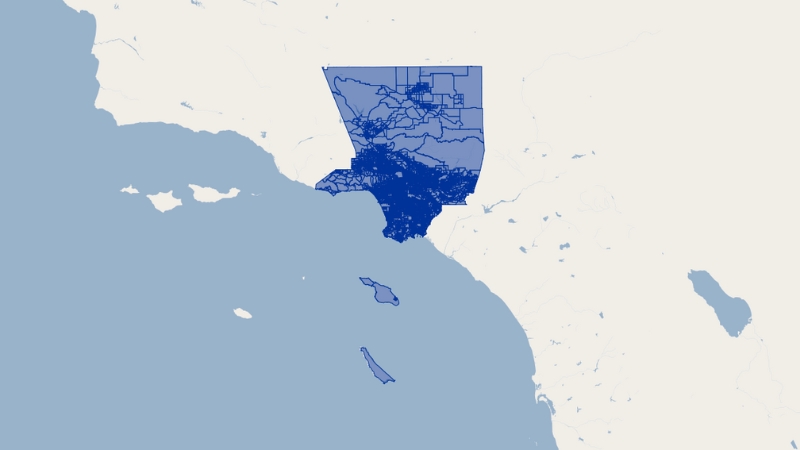
Los Angeles spans 502.7 square miles (1,302 km²), with 468.7 square miles of land and 34.0 square miles of water.
The city stretches 44 miles (71 km) north to south and 29 miles (47 km) east to west, with a perimeter of 342 miles (550 km).
It is the largest city in California by area and population, home to nearly 4 million residents, while the Greater Los Angeles area houses over 12.5 million people, making it the second-largest metropolitan region in the United States.
The city’s topography is a mix of flatlands and hills.
The highest point is Mount Lukens at 5,074 feet (1,547 m), located in the northern San Gabriel Mountains. Other prominent hilly areas include Mt. Washington, the Baldwin Hills, and San Pedro.
The Santa Monica Mountains, running from Downtown Los Angeles to the Pacific Ocean, divide the Los Angeles Basin from the San Fernando Valley, shaping the city’s diverse urban and natural landscapes.
Rivers and Waterways
The Los Angeles River, stretching 51 miles (82 km), is the primary waterway.
It originates in Canoga Park, flows east along the northern edge of the Santa Monica Mountains, and then south through the city center before emptying into the Pacific Ocean at Long Beach.
Channelized by the Army Corps of Engineers in the 20th century, the river is largely concrete-lined for flood control, though revitalization projects aim to restore natural habitats in certain sections.
The Ballona Creek, a smaller waterway, runs into Santa Monica Bay at Playa del Rey.
Water security remains a challenge, as Los Angeles depends heavily on imported water from sources like the California Aqueduct and the Colorado River to sustain its large population.
Vegetation
The ‘Bird of paradise’, also called ‘Strelitzia reginae’ is a flower which resembles a brightly coloured bird in flight. If you ask me this magnificent flower represents the paradise itself. 🕊️ pic.twitter.com/zJ5qzwY822
— Flower Show (@TheFlowerShow) June 7, 2024
Los Angeles boasts diverse native vegetation due to its range of habitats, including beaches, wetlands, and mountains.
Common plant communities include coastal sage scrub, chaparral, and riparian woodlands.
Native species like the California poppy, sycamore, willow, and Coast Live Oak thrive in various parts of the city.
However, many species, such as the Los Angeles sunflower, are endangered due to urbanization.
Iconic palm trees, including the Mexican Fan Palm and Queen Palm, are largely non-native, with only the California Fan Palm originating from the region.
Geology
Los Angeles lies within the Pacific Ring of Fire, a region prone to seismic activity due to tectonic plate boundaries.
The San Andreas Fault, a major strike-slip fault system, runs through Southern California.
The city experiences approximately 10,000 earthquakes annually, though most are minor and undetectable.
- 1857 Fort Tejon earthquake (magnitude ~7.9)
- 1933 Long Beach earthquake (magnitude 6.4)
- 1994 Northridge earthquake (magnitude 6.7), which caused over $20 billion in damages and claimed 57 lives.
Parts of Los Angeles are also vulnerable to blind thrust earthquakes, which occur without visible fault lines.
Additionally, harbor areas have experienced tsunami damage from events like the 1964 Alaska earthquake and the 2011 Japan earthquake.
Climate
Los Angeles has a semi-arid climate (Köppen: BSh), with hot, dry summers and mild, wet winters.
Annual precipitation averages 14.67 inches (373 mm), primarily falling between November and March.
Rainfall varies across the city, with higher totals in the foothills due to orographic lift.
Temperatures:
- Average annual temperature: 65.8 °F (18.8 °C)
- Hottest recorded temperature: 121 °F (49 °C) in Woodland Hills (2020)
- Coldest recorded temperature: 28 °F (-2 °C) in Downtown LA (1949)
The city enjoys over 3,000 hours of sunshine annually, with only about 35 days of measurable precipitation.
Coastal areas remain cooler due to ocean breezes, while the inland valleys frequently experience summer highs exceeding 100 °F (37 °C).
Seasonal phenomena like Santa Ana winds bring dry, hot conditions, often exacerbating wildfire risks.
Environmental Challenges
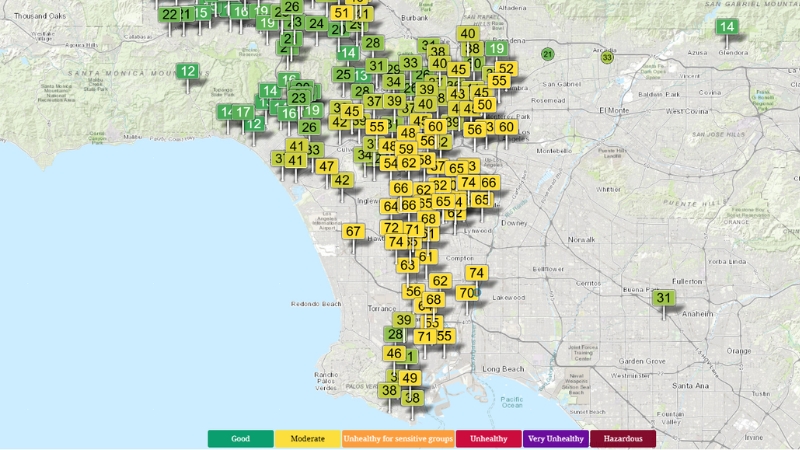
Los Angeles struggles with air pollution, primarily due to its reliance on automobiles and the presence of the Los Angeles/Long Beach port complex, one of the busiest in the world.
The Los Angeles Basin is prone to atmospheric inversion, trapping pollutants and causing smog.
Efforts to reduce pollution, including the adoption of low-emission vehicles and renewable energy, have significantly improved air quality since the 1970s.
- Smog alerts dropped from over 100 annually in the 1970s to nearly zero today.
- The American Lung Association ranked Los Angeles as the most polluted U.S. city for short-term and year-round particle pollution as recently as 2013.
Los Angeles Population in 2025
Los Angeles, located in Los Angeles County, California, is the second-largest city in the United States and the county seat of Los Angeles County.
As of 2025, the city has a population of 3,795,936, reflecting an annual decline of -0.65%.
This marks a population decrease of -2.56% since the 2020 Census, which recorded a population of 3,895,848.
The official U.S. Census in 2020 noted a population of 3,898,747.
According to World Population Review, Los Angeles has an average household income of $116,961 and a poverty rate of 16.65%.
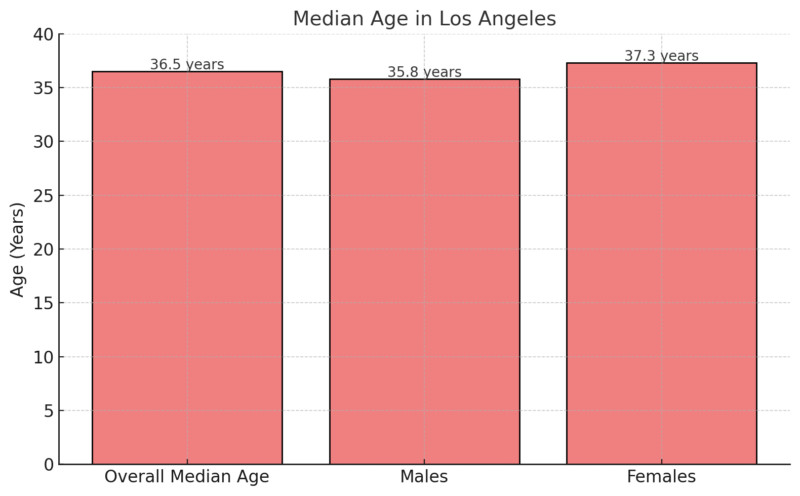
The median age is 36.5 years, with males averaging 35.8 years and females 37.3 years.
The city is part of one of the most ethnically diverse counties in the United States and serves as a global hub.
The Los Angeles Combined Statistical Area (CSA) is the third-largest in the world, following Greater Tokyo and New York, and is also the second-largest metro region in the U.S.
The Los Angeles metropolitan area had over 13.2 million residents in 2020, while the larger metropolitan region had an estimated 18.1 million people.
The Greater Los Angeles Area, also known as the Southland, encompasses five counties: Los Angeles, San Bernardino, Orange, Riverside, and Ventura. It has historically been one of the fastest-growing regions in the country, although growth has slowed in the past decade.
According to the 2020 Census, Los Angeles has a population density of 8,304.2 people per square mile, making it one of the most densely populated areas in the United States. The most densely populated neighborhoods include Koreatown, Westlake, East Hollywood, Pico-Union, and Maywood.
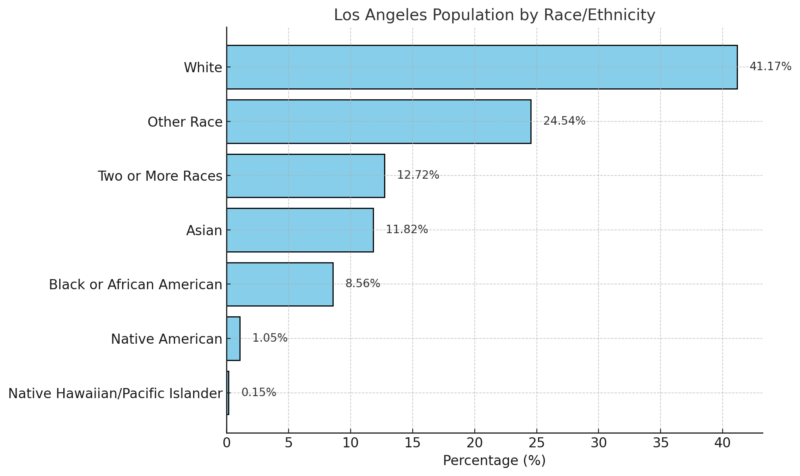
The city is renowned for its cultural and ethnic diversity, with residents from over 140 countries speaking 224 identified languages.
Prominent ethnic communities include Mexicans (31.9% of the population), Salvadorans (6%), and Guatemalans (3.6%).
Asian communities, such as Filipinos (3.2%), Koreans (2.9%), and Chinese (1.8%), are concentrated in neighborhoods like Koreatown, Historic Filipinotown, and Chinatown.
Other ethnic groups, including Iranians and Armenians, reside in areas like Tehrangeles and Little Armenia. African Americans primarily reside in South Los Angeles, particularly in the Watts and Crenshaw neighborhoods.
Biggest Cities After LA
City
Rank
2025 Population
2020 Population
Density (per sq mi)
Area (sq mi)
Growth Rate (%)
Type
Los Angeles
1
3,795,936
3,822,782
8,068
470.5
-0.65%
City
San Diego
2
1,388,996
1,387,378
4,260
326.1
0.05%
City
San Jose
3
956,433
972,082
5,375
177.9
-1.36%
City
San Francisco
4
788,478
807,774
16,884
46.7
-2.54%
City
Fresno
5
546,718
545,253
4,720
115.8
0.18%
City
Sacramento
6
526,669
525,297
5,339
98.6
0.05%
City
Long Beach
7
444,095
452,931
8,764
50.7
-1.2%
City
Oakland
8
435,024
434,568
7,773
56.0
-0.34%
City
Bakersfield
9
416,081
412,269
2,769
150.3
0.65%
City
Anaheim
10
338,463
342,777
6,731
50.3
-0.6%
City
California’s largest cities represent a diverse range of populations and geographic areas, from the sprawling metropolis of Los Angeles to the compact but dense San Francisco.
Los Angeles remains the largest city in the state, with over 3.7 million residents, despite a slight population decline.
Coastal cities like San Diego and San Jose boast large populations with slower growth rates. Inland cities such as Fresno and Bakersfield show steady or positive growth, reflecting shifting trends in California’s urban development.
Economy of Los Angeles
Los Angeles is a global economic hub driven by industries such as international trade, entertainment, aerospace, technology, and manufacturing. The Los Angeles metropolitan area has a gross metropolitan product of over $1 trillion, making it the third-largest economy worldwide after New York and Tokyo.
The Ports of Los Angeles and Long Beach are the busiest in the U.S. and critical for Pacific Rim trade.
Major employers include Kaiser Permanente (40,303 employees), USC (22,735 employees), and Northrop Grumman (18,000 employees). The city is home to three Fortune 500 companies—AECOM, CBRE Group, and Reliance Steel & Aluminum—and notable firms like Disney, SpaceX, and Warner Bros.
Los Angeles is the largest cannabis market in the U.S., with over 300 approved businesses since legalization in 2016. However, the city faces challenges, including a 31.5% office vacancy rate as of 2025.
Attractions
1. Hollywood Walk of Fame
Located on Hollywood Boulevard, the Walk of Fame features over 2,500 stars honoring legends of the entertainment industry.
It attracts millions of visitors annually, celebrating icons in film, television, music, and more.
2. Disneyland Park
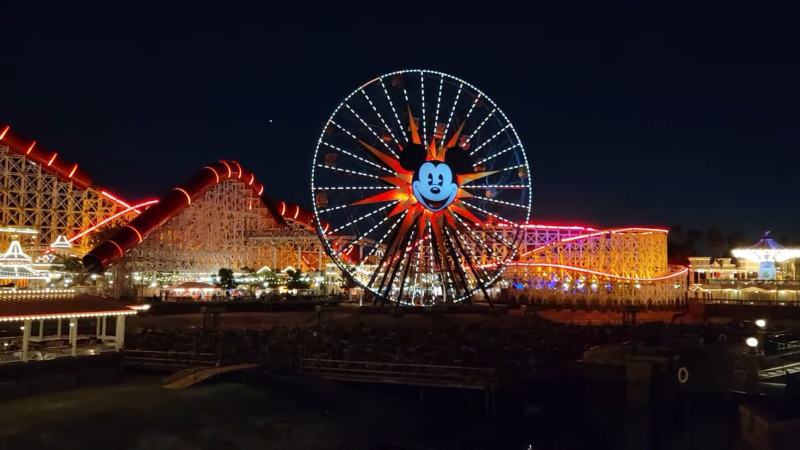
The “original” Disneyland, located in nearby Anaheim, opened in 1955 and remains a must-visit for Disney fans.
It offers iconic attractions, including Sleeping Beauty Castle and themed lands like Adventureland and Tomorrowland.
3. La Brea Tar Pits and Museum
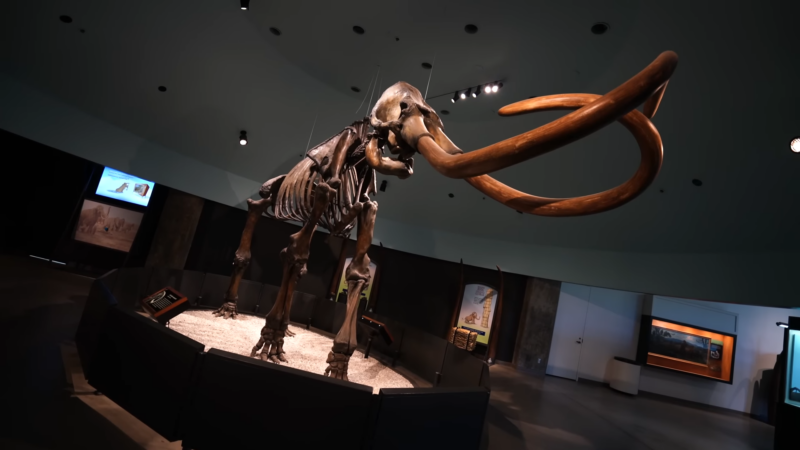
This site showcases Ice Age fossils excavated from tar pits in the heart of the city.
The adjacent museum displays fossilized remains of mammoths, saber-toothed cats, and other prehistoric creatures.
4. Natural History Museum of Los Angeles County
Spanning 4.5 billion years of history, this museum features impressive dinosaur skeletons, gems, minerals, and exhibits on Southern California’s biodiversity.
It is one of the largest natural history museums in the U.S.
5. Hollywood Bowl
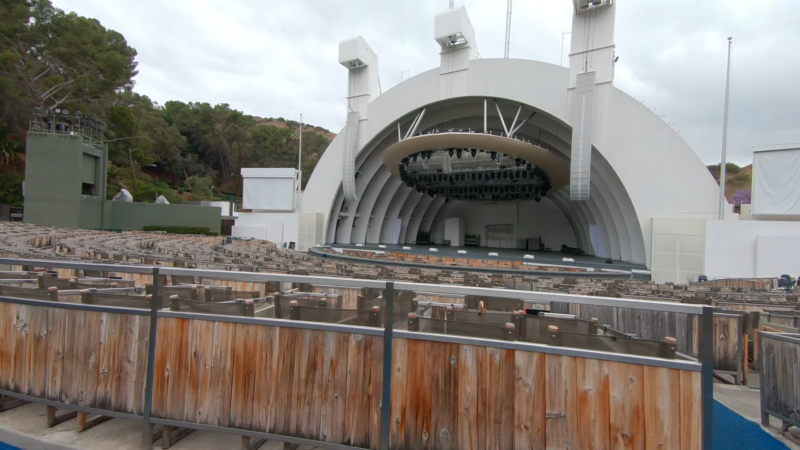
An iconic outdoor amphitheater hosting live music and events, the Hollywood Bowl offers performances ranging from classical symphonies to contemporary artists.
Its scenic setting with views of the Hollywood Hills makes it a favorite venue.
6. Universal Studios Hollywood
A film studio and theme park, Universal Studios offers behind-the-scenes tours of working sets and thrilling attractions based on blockbuster movies.
Popular rides include The Wizarding World of Harry Potter and Jurassic World.
7. Getty Center
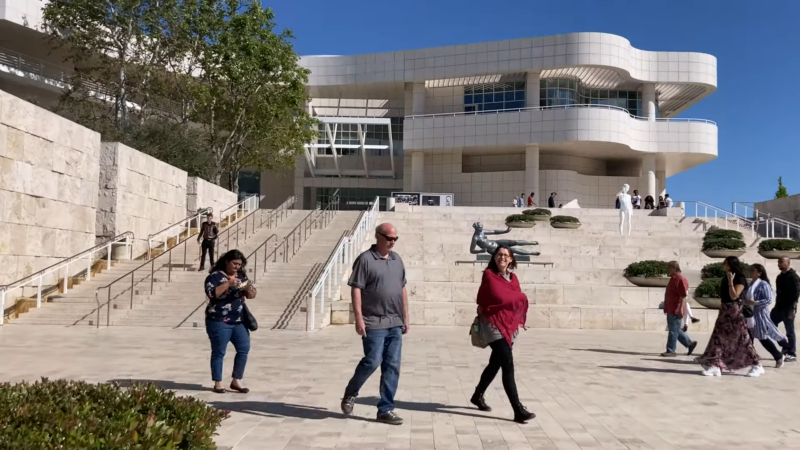
Known for its stunning architecture and hilltop views, the Getty Center houses fine art collections, including works by Van Gogh and Monet.
It is also noted for its beautiful gardens and free admission.
8. Museum of Contemporary Art (MOCA)
2/2
…found crystal balls, convex mirror, polymer clay, hardware, LED candles, logs, sticks, volcanic rocks, monitor, video, Installation dimensions variable, The Museum of Contemporary Art, Los Angeles, Gift of the artist and Jeffrey Deitch] pic.twitter.com/5B3rxDVLj9— MOCA (@MOCAlosangeles) September 8, 2022
This museum focuses on contemporary art from the 1940s to today, featuring works by renowned artists like Jackson Pollock and Mark Rothko.
MOCA is a key institution for modern art enthusiasts.
9. Griffith Park and Observatory
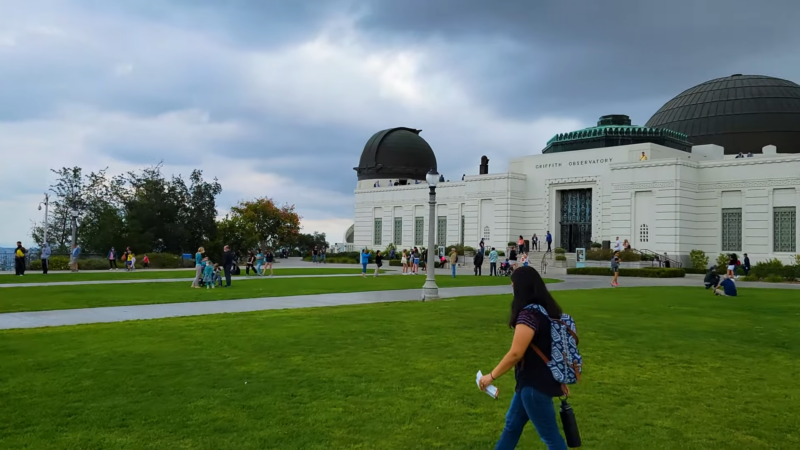
Griffith Park is one of the largest urban parks in North America, offering hiking trails and stunning city views.
The Griffith Observatory provides public telescopes, exhibits, and a planetarium with free admission.
10. Muscle Beach, Santa Monica
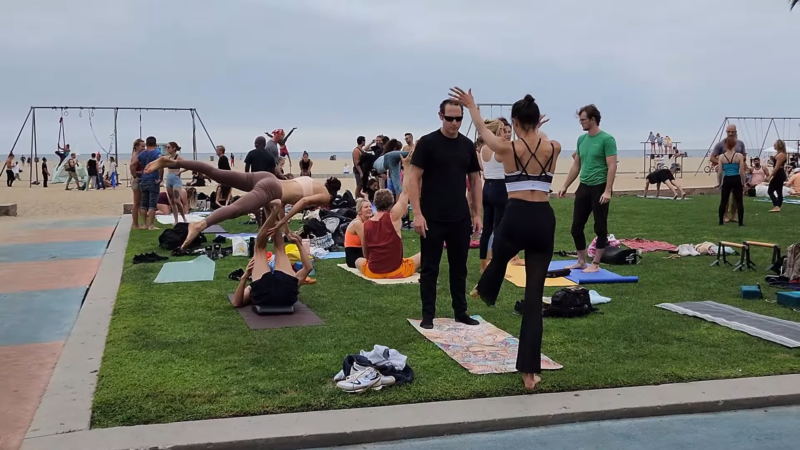
Known as the birthplace of the fitness boom in the U.S., Muscle Beach features outdoor gym equipment and a vibrant fitness culture.
It is a historic spot for bodybuilders and fitness enthusiasts.
11. Los Angeles City Hall
This iconic government building was the tallest in Los Angeles until 1964. It remains a symbol of the city, with observation decks offering panoramic views of downtown LA.
12. Los Angeles International Airport (LAX)
LAX, located 18 miles (29 km) from downtown Los Angeles, is one of the busiest airports in the world.
It serves as a major gateway for international and domestic travel.
13. LA/Ontario International Airport
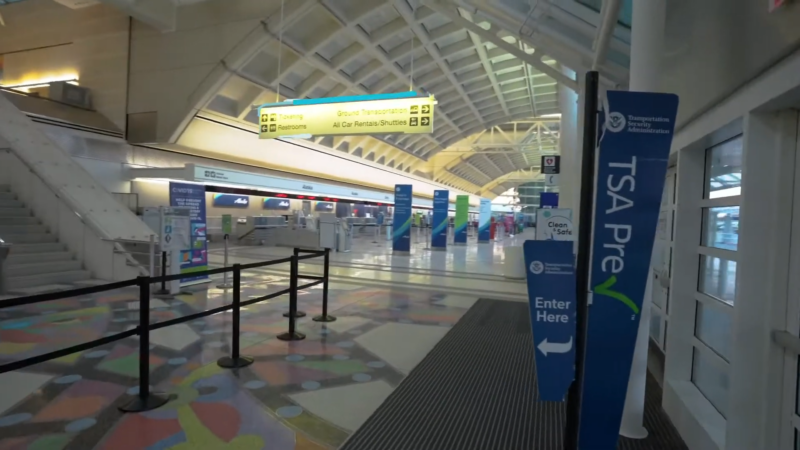
Situated 40 miles (64 km) east of downtown, this airport provides an alternative for travelers heading to the Inland Empire or nearby areas.
It is less crowded than LAX, offering a convenient option for regional flights.
14. The Broad Museum
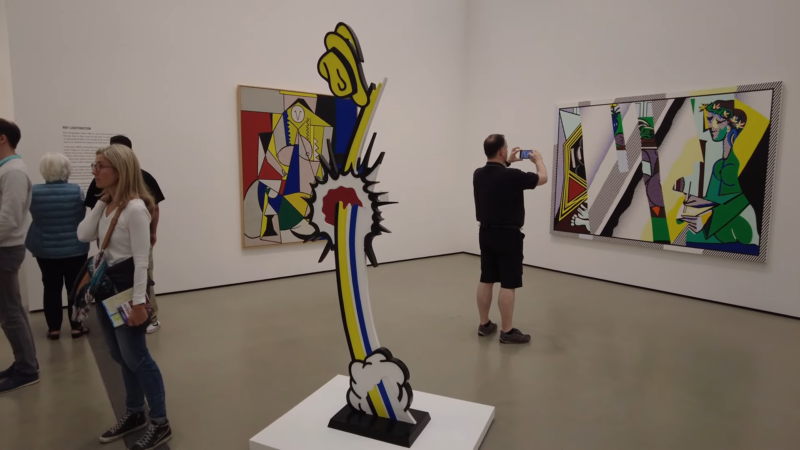
A contemporary art museum located downtown, The Broad is home to works by Jeff Koons, Yayoi Kusama, and other influential artists.
Its “Infinity Mirrored Room” is one of the most popular installations.
15. Santa Monica Pier
The iconic pier features an amusement park, aquarium, and shops, attracting visitors with its seaside charm.
It’s a historic landmark and offers stunning views of the Pacific Ocean.
16. Venice Beach Boardwalk
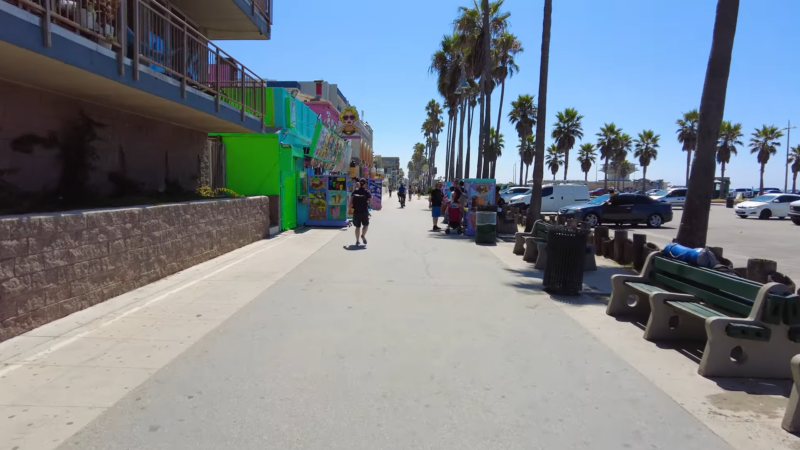
This vibrant area is famous for its eclectic mix of street performers, vendors, and artists. It also includes a skate park, beachside cafes, and the Venice Canals.
17. Dodger Stadium
Home to the Los Angeles Dodgers, this iconic baseball stadium is one of the oldest in Major League Baseball.
Its location offers views of the LA skyline and the surrounding mountains.
18. The Grove and Farmers Market
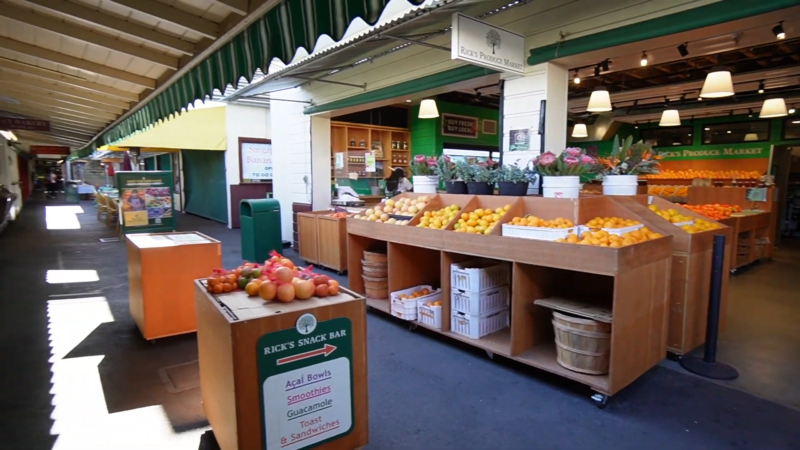
A popular shopping and dining destination, The Grove features high-end stores and restaurants.
Adjacent to it, the historic Farmers Market offers diverse cuisines and local goods.
19. Los Angeles County Museum of Art (LACMA)
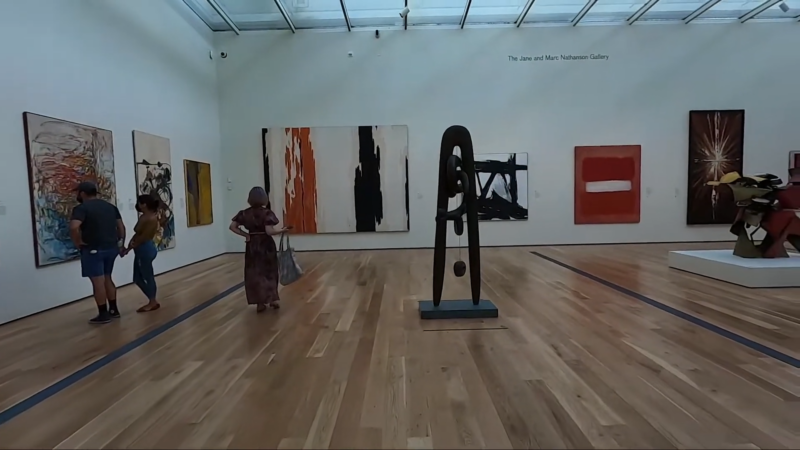
LACMA is the largest art museum in the western U.S., featuring over 150,000 works, including its iconic “Urban Light” outdoor installation.
It spans multiple buildings and hosts rotating exhibits.
20. Runyon Canyon Park
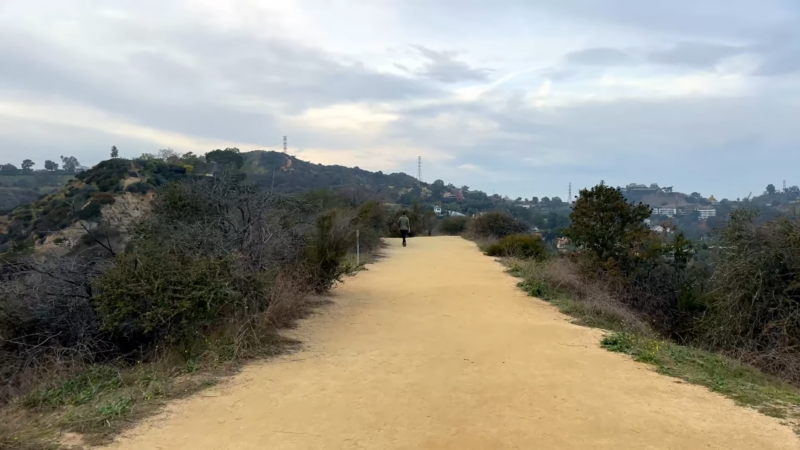
A favorite for locals and celebrities alike, this park offers scenic hiking trails with breathtaking views of Los Angeles.
It’s a hotspot for fitness enthusiasts and dog owners.
References:
- World Population Review – Los Angeles Population
- U.S. Census Bureau – Los Angeles County Census Data
- Koordinates – Geography of Los Angeles, CA


